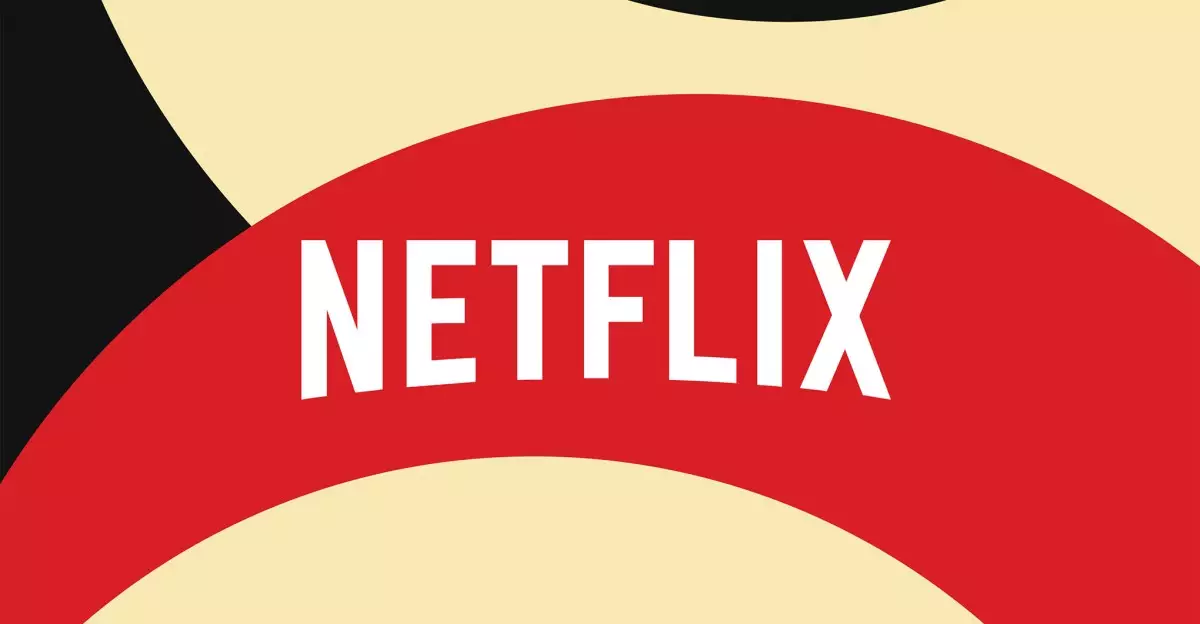Netflix’s latest announcement about adding support for HDR10 Plus marks a significant turning point for both the streaming platform and Samsung TV aficionados. By shifting to HDR10 Plus, Netflix acknowledges the absence of Dolby Vision on Samsung’s television line, opting for Samsung’s own HDR format that enhances picture quality without the toll of additional licensing fees. This is more than just a technical decision; it’s about optimizing the viewing experience for millions of Samsung TV owners who have been left in the dark regarding high dynamic range content.
Simplifying the HDR Landscape
The HDR (High Dynamic Range) ecosystem can be perplexing, as several competing technologies vie for dominance. Dolby Vision has often been touted as the leading format, thanks to its support for dynamic metadata that fine-tunes color and brightness scene by scene. However, HDR10 Plus offers a similar, albeit unique, experience by making these adjustments without the burdensome royalties. This means higher quality visuals without restrictions, which is a significant win for consumers who prefer a personalized viewing experience.
Despite HDR10 Plus being less recognized than its Dolby counterpart, Samsung’s status as the largest TV manufacturer globally cannot be overstated. With a staggering market share of nearly 30%, Samsung TVs have the potential to shift the dynamics of HDR content consumption. By aligning with HDR10 Plus, Netflix opens the door to enhanced visuals for millions of users who may have previously felt limited by their television’s capabilities.
Enhancing Viewing Pleasure
Prior to this change, Samsung TV owners relied on HDR10, a format that applies a uniform tone map across an entire film or series. This static approach often leads to a diminished viewing experience, as it fails to account for the drastic variances in lighting that can occur from scene to scene. The introduction of HDR10 Plus alleviates these issues, enabling better color accuracy and improved lighting dynamics. This is crucial, especially for content laden with intricate visuals and cinematographic flair.
The timing of this shift is pertinent as streaming platforms continually compete for subscribers. By adopting HDR10 Plus, Netflix not only enhances its appeal to Samsung user bases but also raises the bar for competing services. The gradual embracing of HDR10 Plus by other platforms, including Disney Plus and Apple TV Plus, hints at a growing consensus around the format, suggesting that it might be the more accessible alternative in the long term.
Future-Proofing Streaming
Netflix’s integration of HDR10 Plus through the AV1 video codec highlights a strategic move towards future-proofing its streaming service. AV1, designed for efficient bandwidth usage and high-quality streaming even on lower data rates, is set to become the standard for newer TVs. With most TVs released in the last five years already compatible with AV1, the potential for HDR10 Plus content to flourish is immense.
Furthermore, Netflix’s commitment to expanding its library of HDR10 Plus titles by the end of 2025 signals an encouraging future for viewers. This initiative not only caters to existing subscribers but also positions Netflix as a forward-thinking leader in streaming technology, ready to adapt to the evolving needs of its audience.
This landmark decision reflects Netflix’s understanding of market demands and technological trends, bolstering its position in the competitive streaming landscape. In a time of rapid innovation, embracing HDR10 Plus may prove to be a pivotal move that resonates well with viewers hungry for an elevated viewing experience.


Leave a Reply
You must be logged in to post a comment.